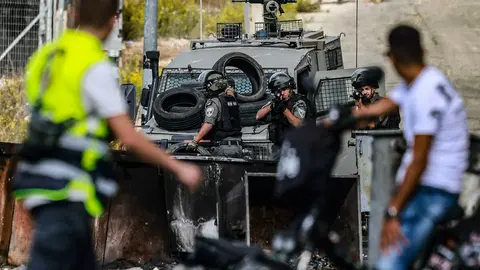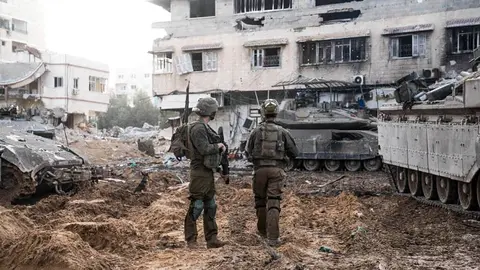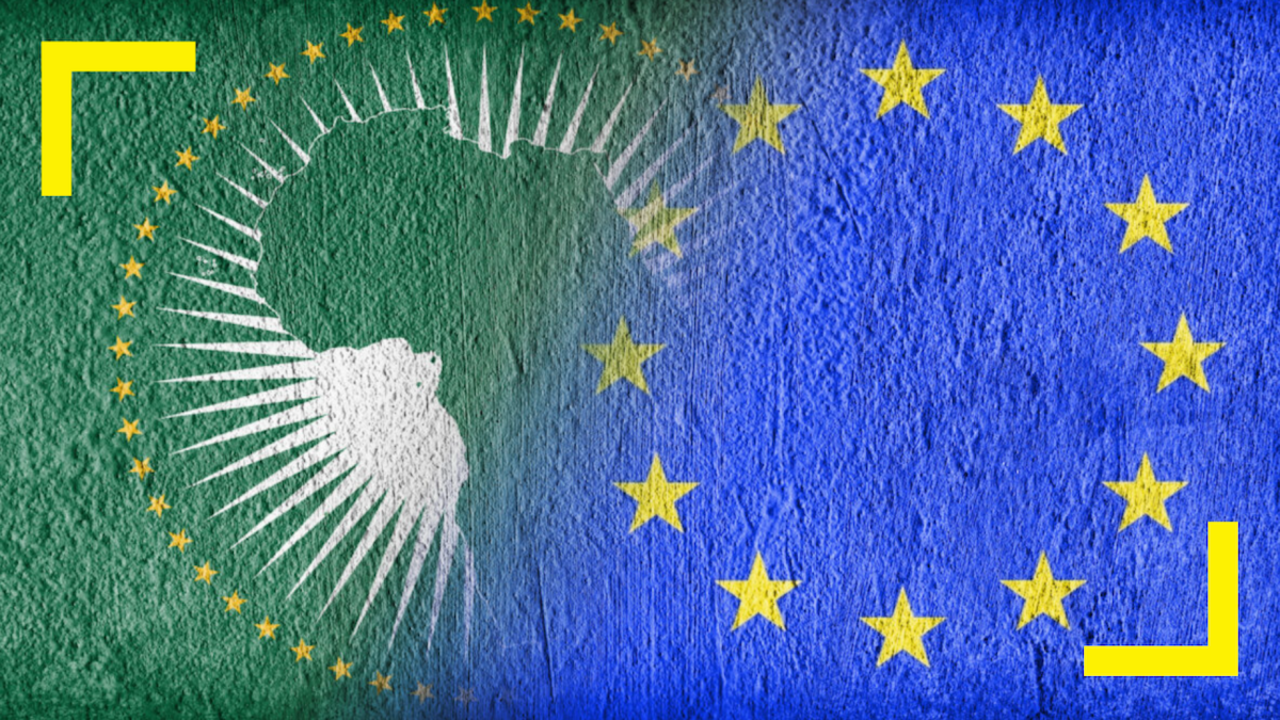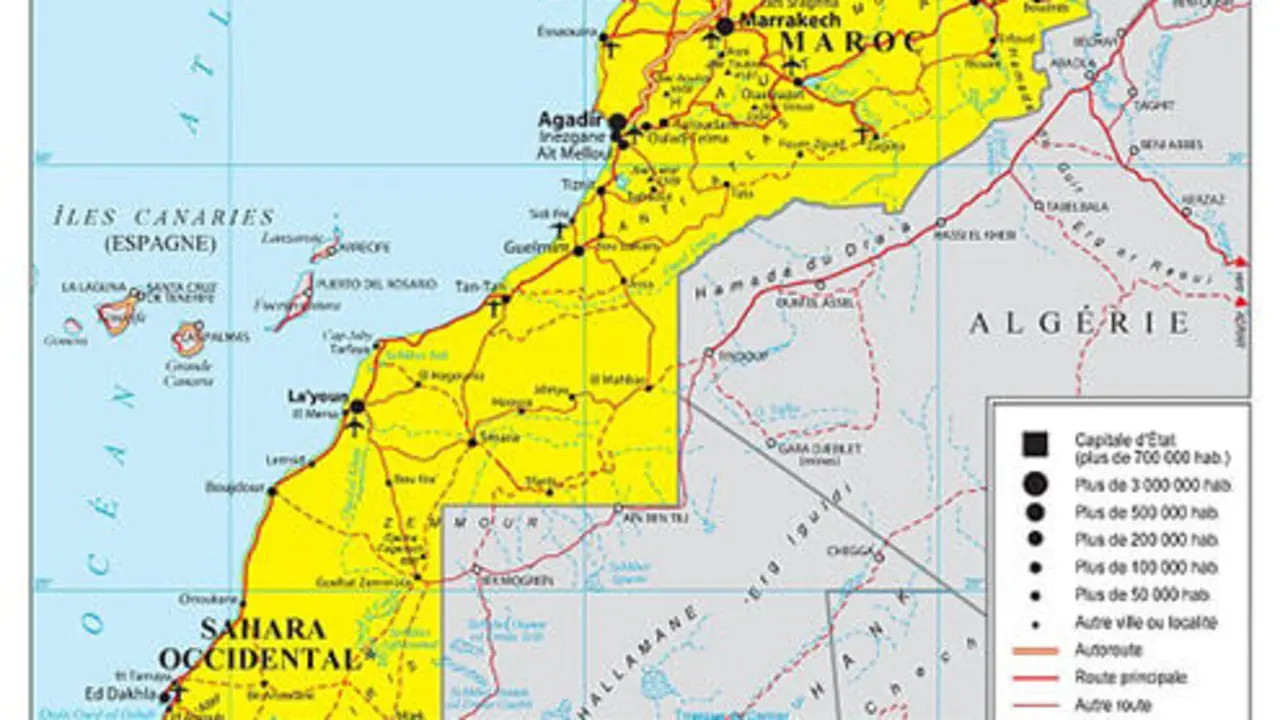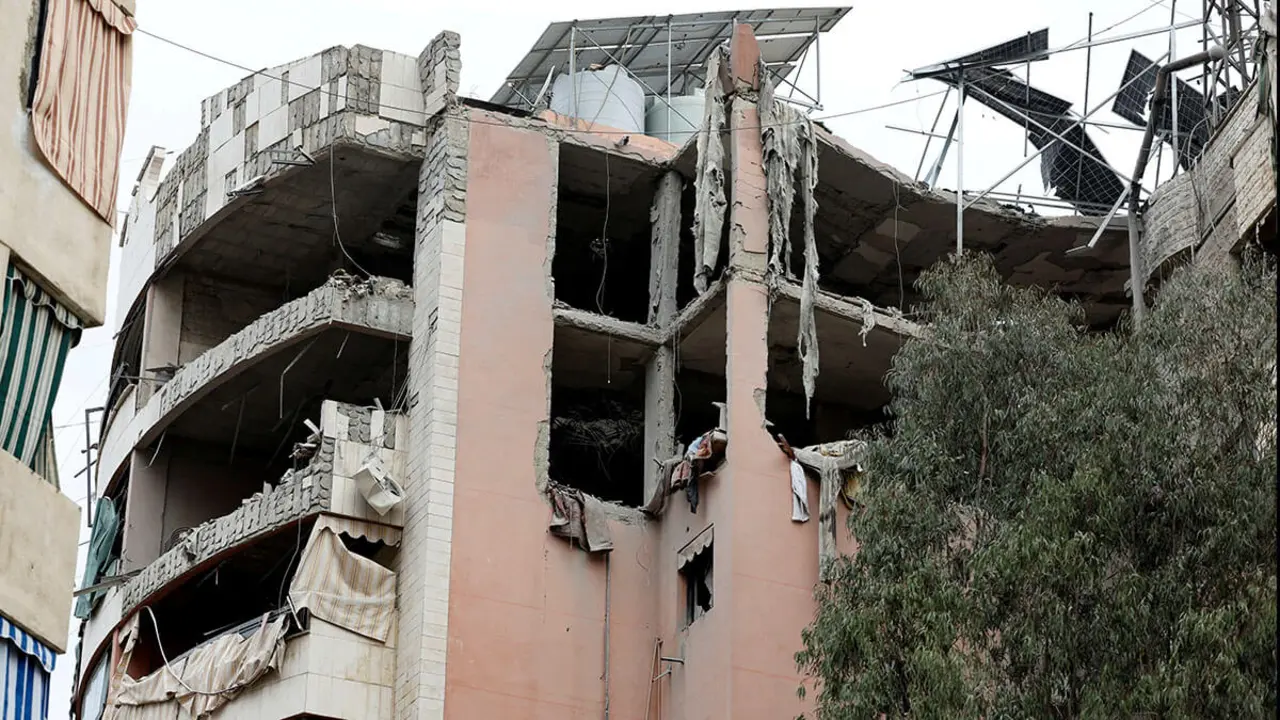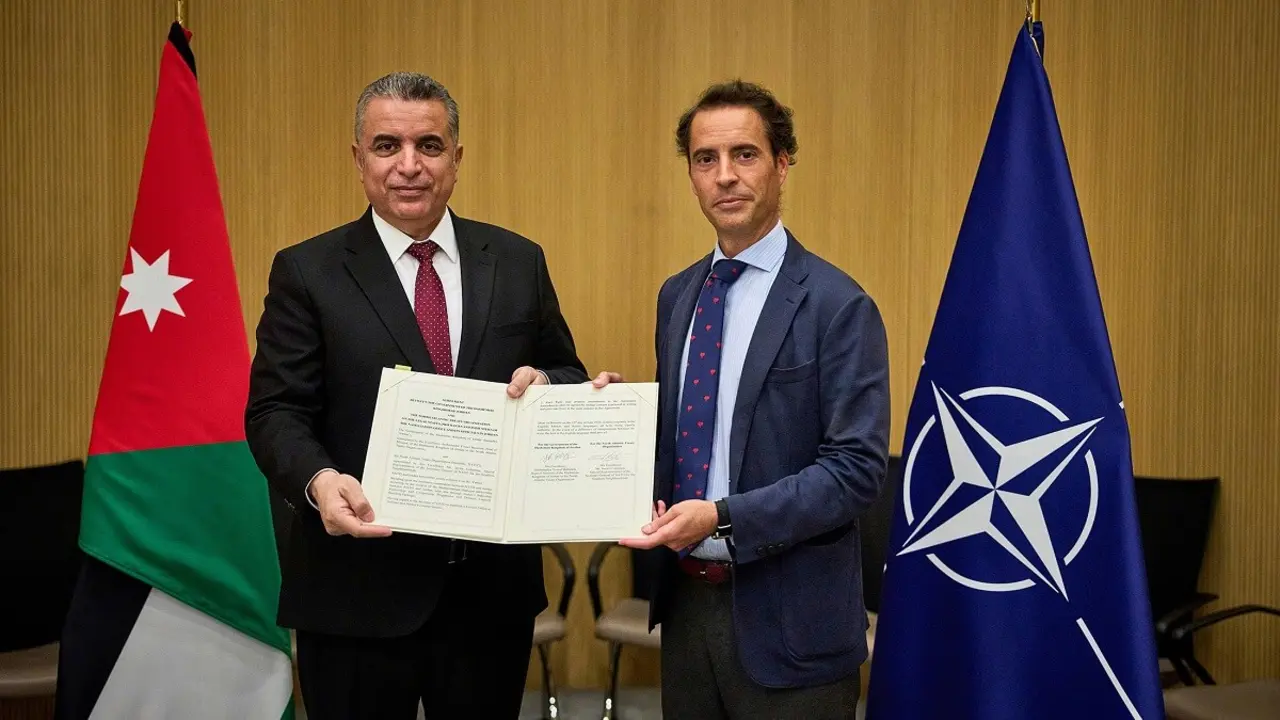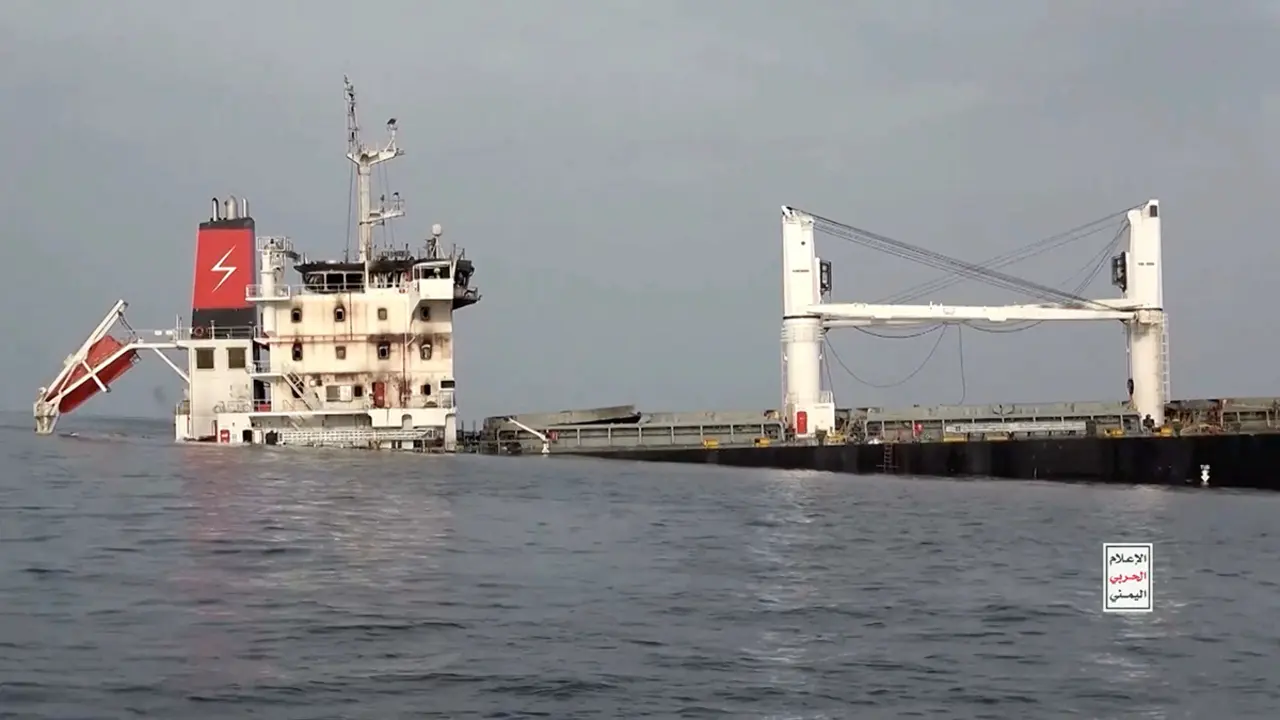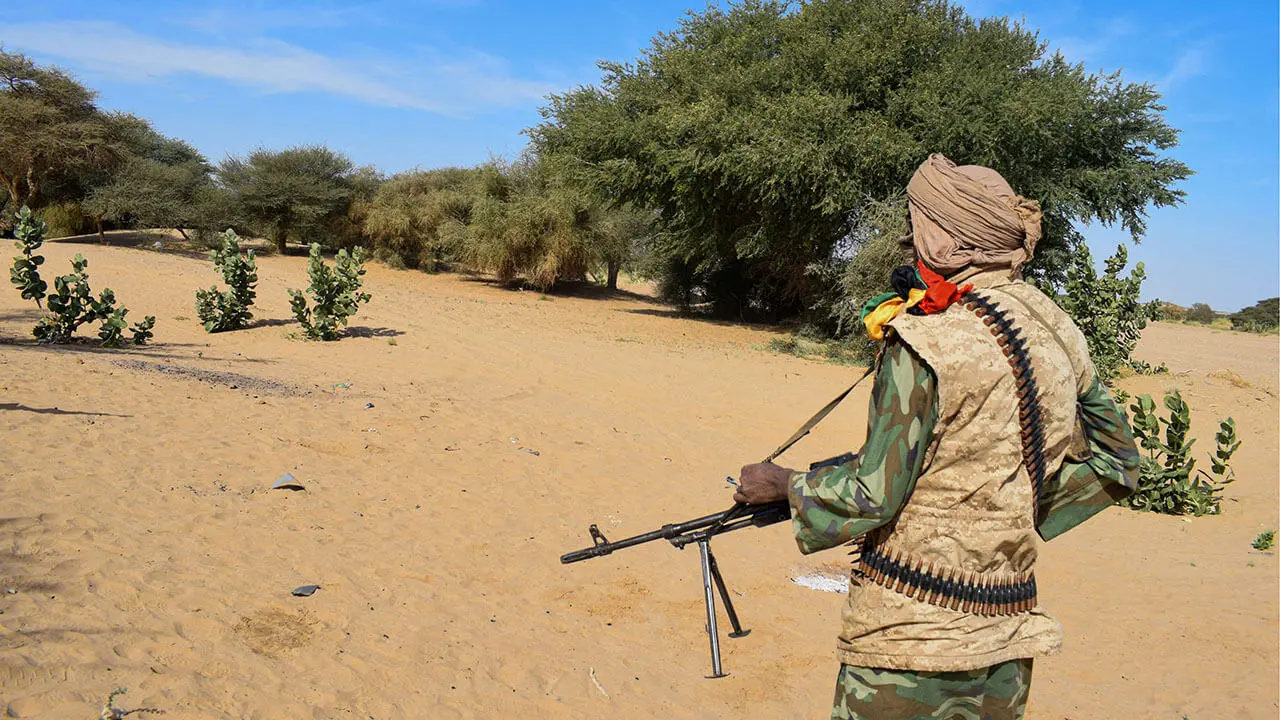Dozens of Israeli tanks enter southern Gaza Strip
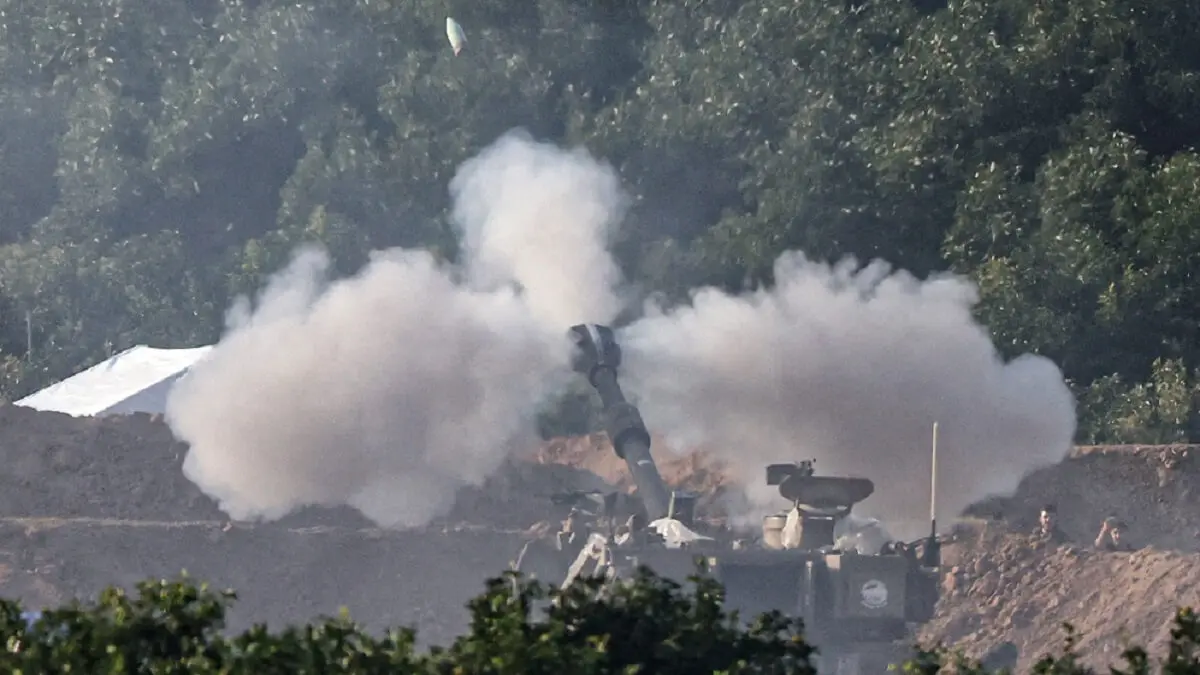
Dozens of Israeli tanks rolled into the southern Gaza Strip on Monday as the army expanded its ground offensive against Hamas despite the presence of hundreds of thousands of civilians and rising tensions in the region.
Israeli forces, who launched a ground offensive in the north of the enclave on 27 October, have stepped up shelling in the south since fighting resumed on 1 December after a seven-day truce. The army said it would extend its operations "throughout the Gaza Strip".
"The army is operating everywhere where Hamas has strongholds," army spokesman Daniel Hagari said on Sunday night.
Dozens of Israeli tanks, armoured personnel carriers and bulldozers entered the southern part of the small territory near the town of Khan Younis, witnesses told AFP on Monday.
Amin Abu Hola, 59, said the military vehicles had already driven about two kilometres into the village of al-Qarara, northeast of Khan Younis. "The tanks are already on the Salaheddin road," which crosses the Strip from north to south, added Moaz Mohammed, 34.
A shelling at the entrance to the Kamal Adwan hospital in northern Gaza left several people dead in the early hours of the morning, according to the Palestinian news agency Wafa. The Hamas government accused the Israeli army of a "grave violation" of international law. The army did not confirm this information.
Israel accuses the Palestinian Islamist group, also listed as a terrorist organisation by the United States and the European Union, of installing infrastructure under hospitals in the Strip and using civilians as human shields.
The Hamas health ministry reported 15,523 dead, including 70% of women and children, in the Israeli bombardment, carried out in response to the Islamist movement's unprecedented attack on Israeli soil on 7 October.
Islamist commandos infiltrating Israel that day killed 1,200 people, mostly civilians, and abducted some 240, according to the authorities.
Israel declared war on Hamas and vowed to "annihilate" Hamas, which has ruled the Palestinian enclave since 2007.
Chaos in hospitals
The Israeli army announced on Monday that three soldiers were killed the day before in the north of the territory, bringing to 75 the number of soldiers killed since the start of the ground offensive.
In all, 401 Israeli soldiers have been killed since 7 October.
Under a truce brokered by Qatar, with support from Egypt and the US, 80 Israeli hostages were released in exchange for the release of 240 Palestinian prisoners.
More than 20 additional hostages were also released from Gaza, mostly Thais based in Israel.
In the south of the territory, Israeli bombardment has focused in recent days on Khan Younis and its surroundings, where every day the army warns of a "terrible imminent attack" and orders evacuations.
Since the beginning of the war, hundreds of thousands of inhabitants of the Strip have fled their homes and are crowded into the south.
Israel said it is not trying to force Gazan civilians to leave their homes for good, although it acknowledged that conditions are "harsh".
"We have asked civilians to evacuate the fighting area, and we have designated a humanitarian zone inside the Gaza Strip," said Jonathan Conricus, an Israeli army spokesman, referring to a narrow coastal strip inside the enclave called al-Mawasi.
Hospitals in the north are mostly out of service, while in the south they are overflowing with wounded, without electricity and with very little fuel in stock.
"We are at a loss for words to describe the horrors that are hitting children here," James Elder, a Unicef spokesman at Nasser Hospital in Khan Younis, the largest hospital in southern Gaza, said on Sunday.
"I see children arriving en masse among the victims," he said.
"Real" protection for civilians
The Israeli army reported that it had carried out "some 10,000 bombardments" in Gaza since the start of the war.
These attacks destroyed or damaged more than half of the buildings, according to the UN, whose secretary-general, Antonio Guterres, spoke of "a global humanitarian catastrophe".
The needs are immense in the territory, under total siege since 9 October, where 1.8 million people, out of a total of 2.4 million, have been displaced by the war, according to the UN.
Except for the seven-day truce that allowed hundreds of trucks of humanitarian aid to enter from Egypt, the Rafah border crossing is partially open.
At the same time, the Israeli army launched operations in different sectors of the West Bank, the Palestinian territory occupied by Israel since 1967, particularly in Jenin, according to Wafa news agency.
The United States, which provides Israel with billions of dollars a year in military aid, has stepped up calls to protect civilians in Gaza.
"Too many innocent Palestinians have been killed," Vice President Kamala Harris told the COP28 climate summit in Dubai.
Germany also urged Israel to ensure "real" protection for the hundreds of thousands of civilians in the enclave.
Amid fears of a regional conflagration, a US destroyer shot down several drones over the Red Sea while assisting commercial ships that had been targeted from Yemen.
Houthi rebels in Yemen, backed by Iran, said they attacked two of the ships. They also launched a series of drones and missiles against Israel in recent weeks.

